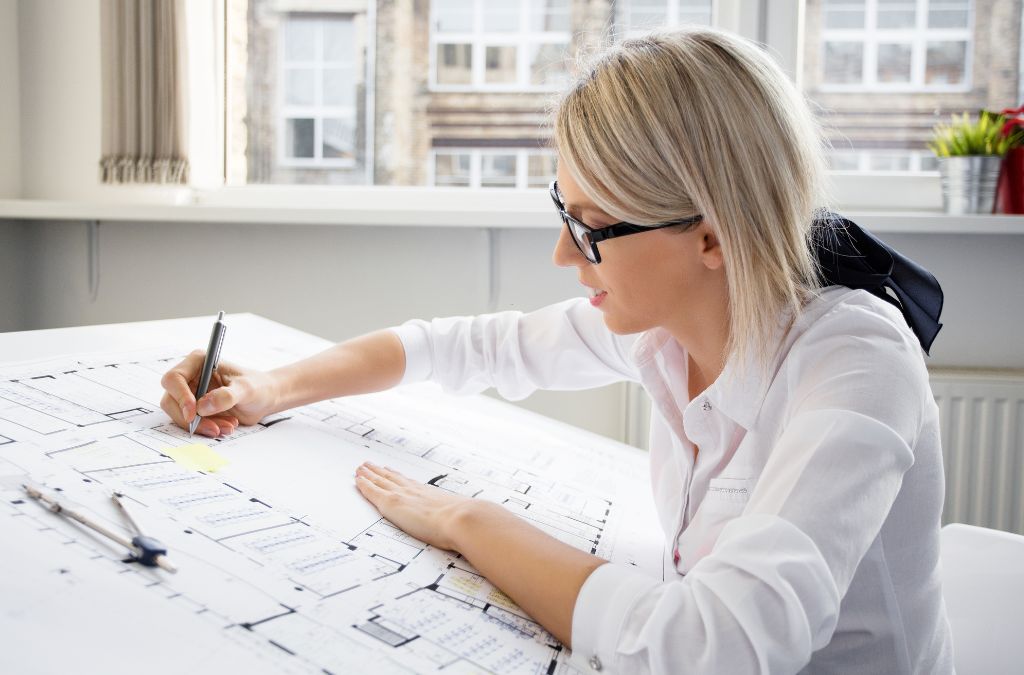-
Table of Contents
The Art of Architect: Blending Function and Beauty
Architecture stands as a testament to human ingenuity, blending functionality with aesthetic appeal. This intricate balance has been the cornerstone of architectural design for centuries, shaping the way we live, work, and interact with our surroundings. This article explores the delicate dance between function and beauty in architecture, highlighting key examples and principles that define this art form.
The Historical Perspective
Throughout history, architecture has evolved to meet the changing needs and tastes of society. Ancient civilizations like Egypt and Greece set the foundation for architectural principles that continue to influence modern design.
Ancient Egypt
Egyptian architecture is renowned for its monumental structures, such as the pyramids and temples. These buildings were not only functional, serving as tombs and places of worship, but also visually striking, with intricate carvings and grandiose scales.
Classical Greece
Greek architecture introduced the concept of proportion and symmetry, epitomized by structures like the Parthenon. The use of columns and detailed friezes added both structural integrity and aesthetic value.
Modern Architectural Movements
Modern architecture has seen a plethora of movements, each contributing unique perspectives on the blend of function and beauty.
Bauhaus
The Bauhaus movement, originating in Germany, emphasized simplicity and functionality. Buildings designed in this style often feature clean lines, open spaces, and a lack of ornamentation, focusing on the utility of the structure.
Art Deco
In contrast, Art Deco embraced decorative elements, bold colors, and geometric shapes. This style aimed to convey luxury and sophistication, as seen in iconic buildings like the Chrysler Building in New York City.
Principles of Functional Beauty
Several principles guide architects in achieving a harmonious blend of function and beauty.
- Proportion and Scale: Ensuring that different elements of a building are in harmony with each other and with the human scale.
- Material Selection: Choosing materials that are both durable and aesthetically pleasing.
- Contextual Design: Designing buildings that complement their surroundings and cultural context.
- Sustainability: Incorporating eco-friendly practices and materials to create buildings that are both beautiful and environmentally responsible.
Case Studies
Examining specific buildings can provide deeper insights into how architects successfully blend function and beauty.
The Sydney Opera House
The Sydney Opera House, designed by Jørn Utzon, is a prime example of functional beauty. Its iconic sail-like structures are not only visually stunning but also serve practical purposes, such as housing performance spaces and enhancing acoustics.
Fallingwater
Frank Lloyd Wright’s Fallingwater seamlessly integrates with its natural surroundings. The use of local materials and the innovative design of the cantilevered terraces create a harmonious relationship between the building and its environment.
Statistics and Trends
Recent trends in architecture highlight the growing emphasis on sustainability and technology.
- Green Buildings: According to the World Green Building Council, green buildings can reduce energy consumption by up to 30% and water usage by 50%.
- Smart Buildings: The integration of smart technology in buildings is expected to grow, with the global smart building market projected to reach $109.48 billion by 2026.
Conclusion
The art of architecture lies in the delicate balance between function and beauty. From ancient monuments to modern skyscrapers, architects have continually pushed the boundaries of design to create structures that are both practical and visually appealing. By adhering to principles of proportion, material selection, contextual design, and sustainability, architects can craft buildings that stand the test of time. As we look to the future, the integration of technology and eco-friendly practices will further shape the evolution of this dynamic field.
